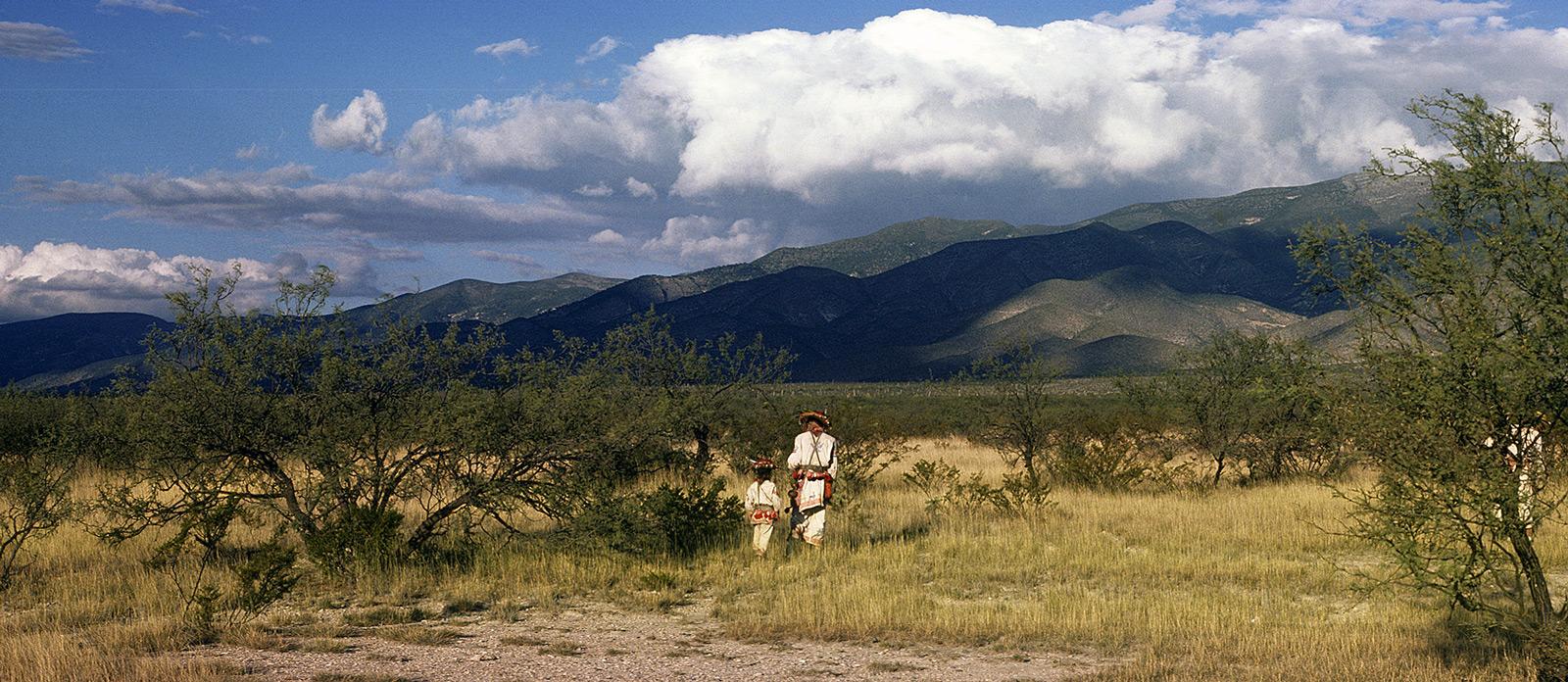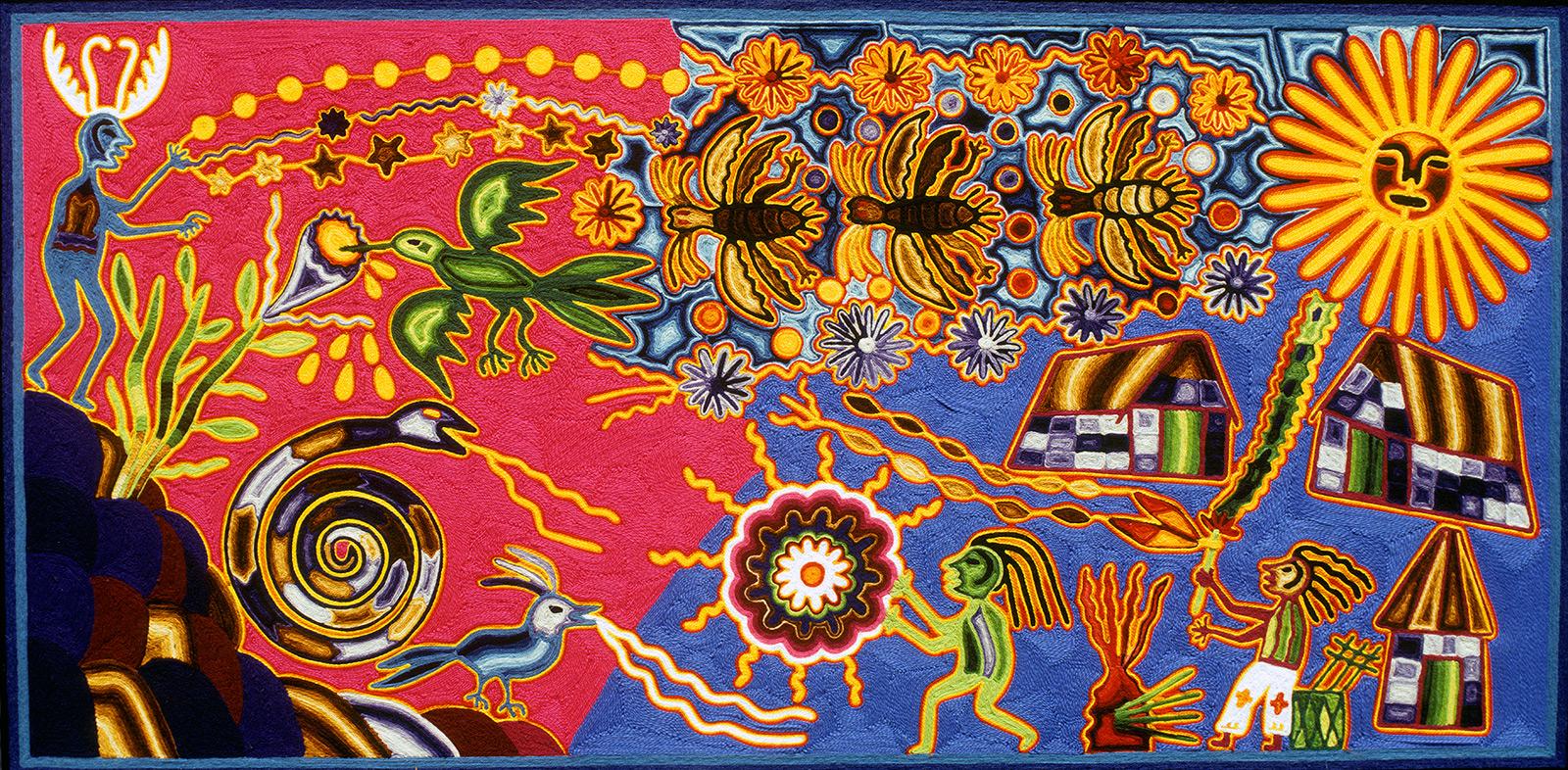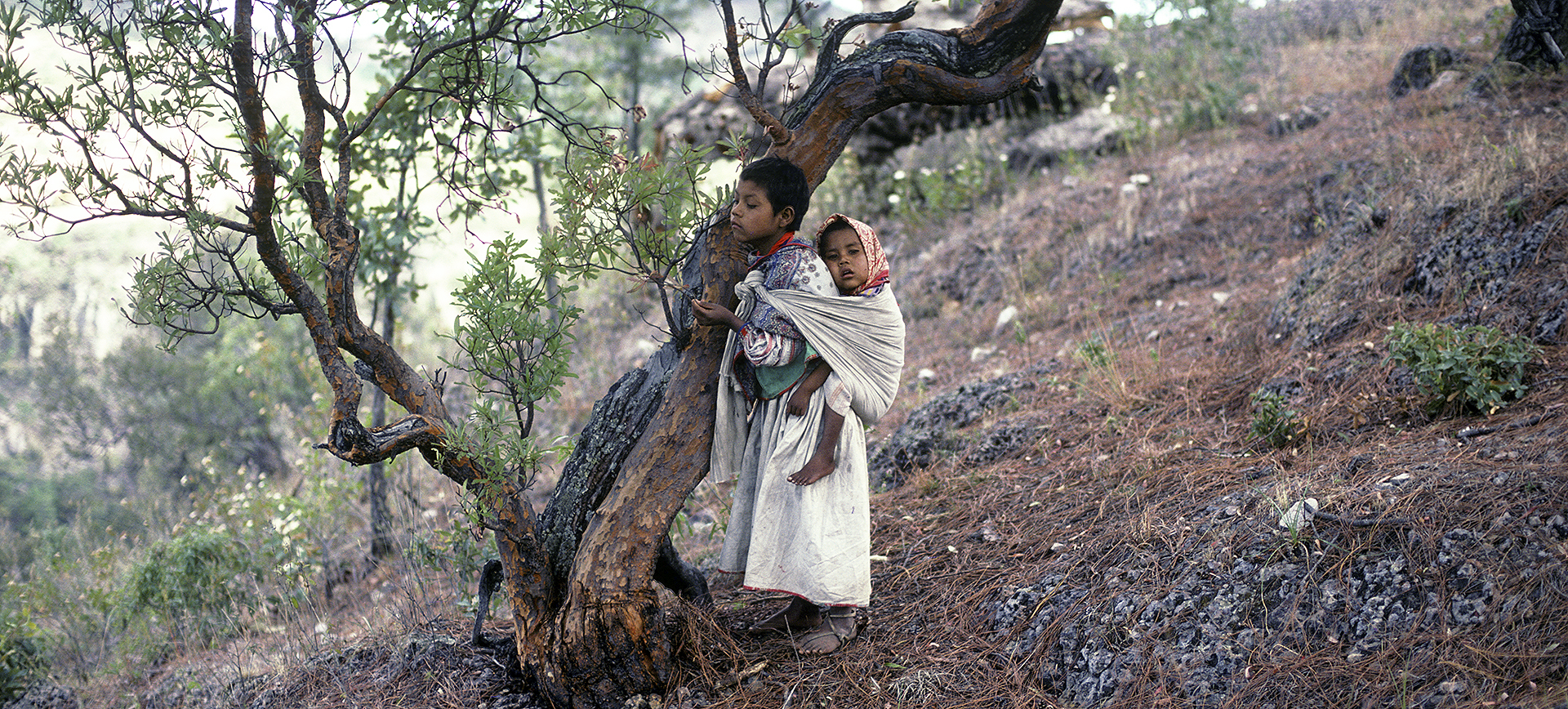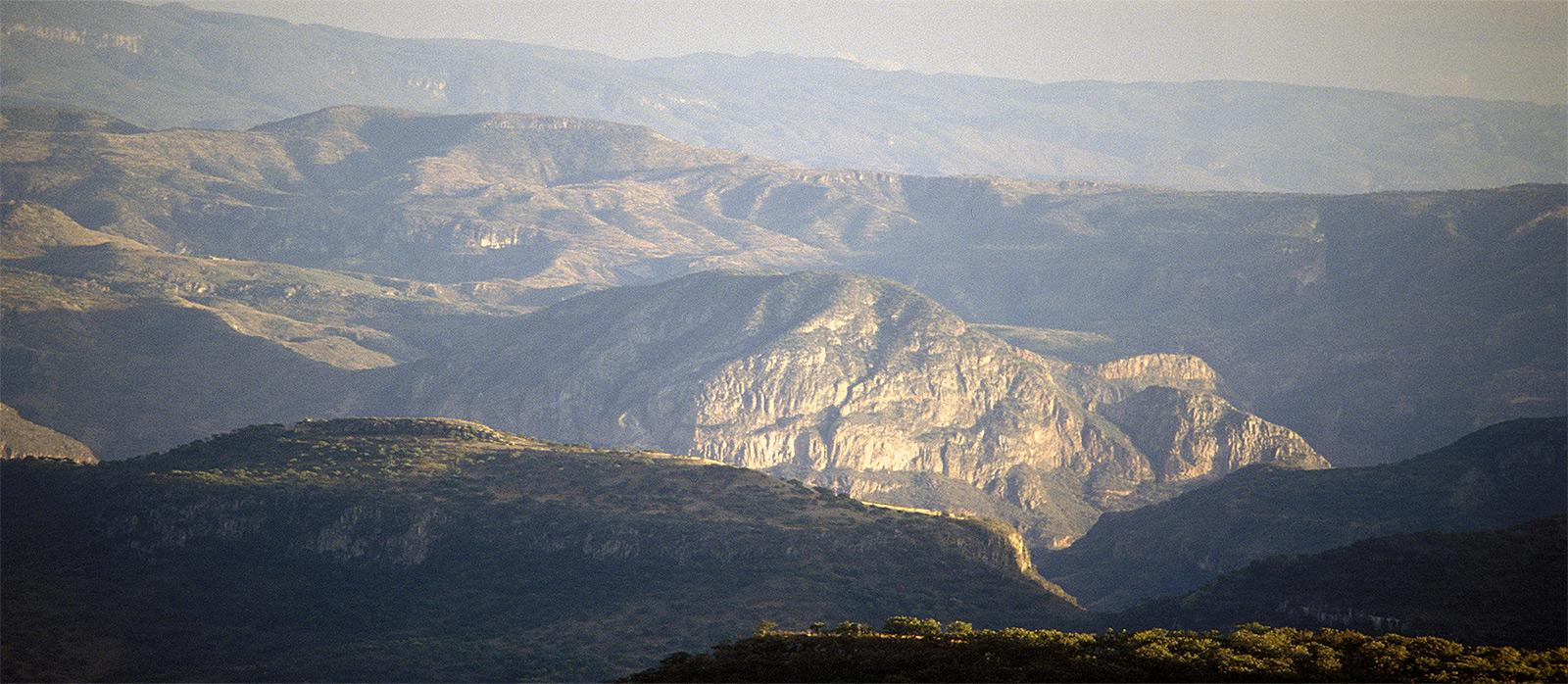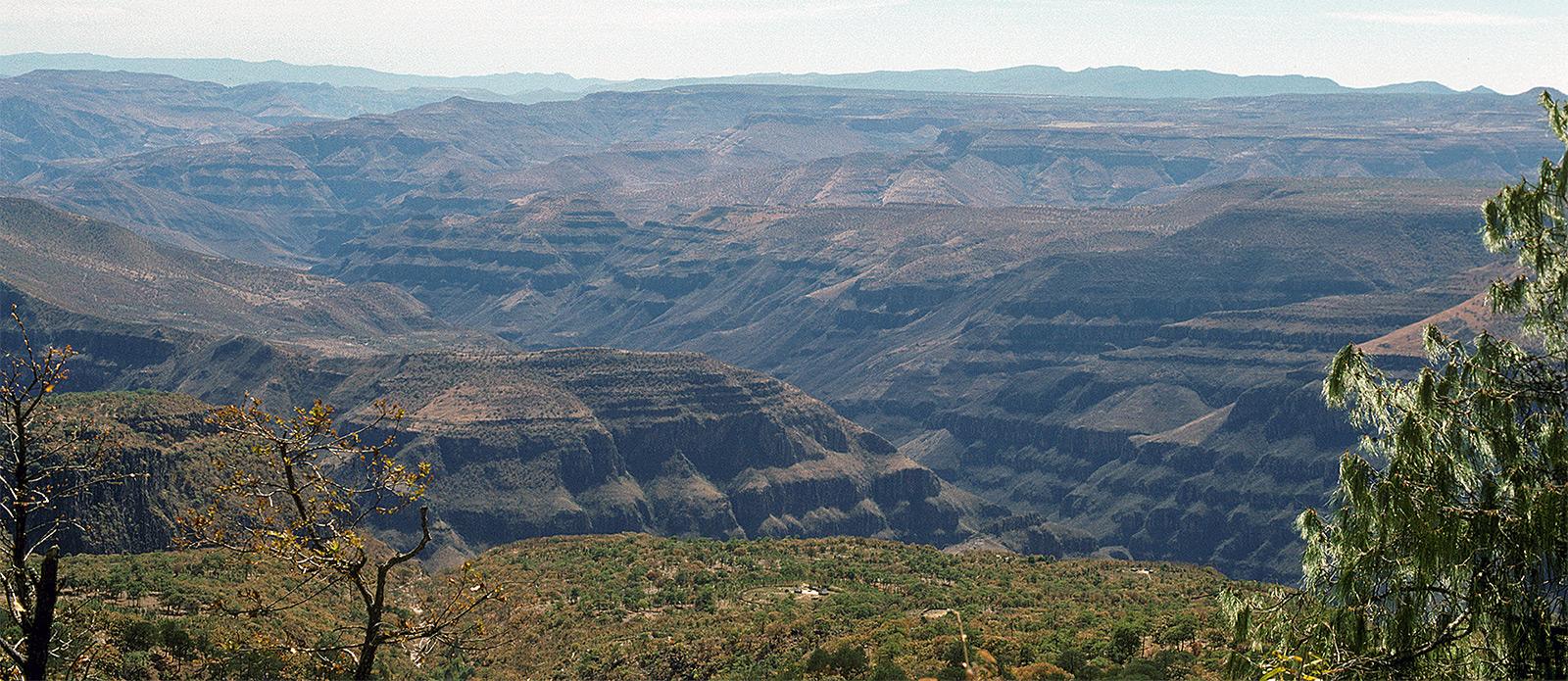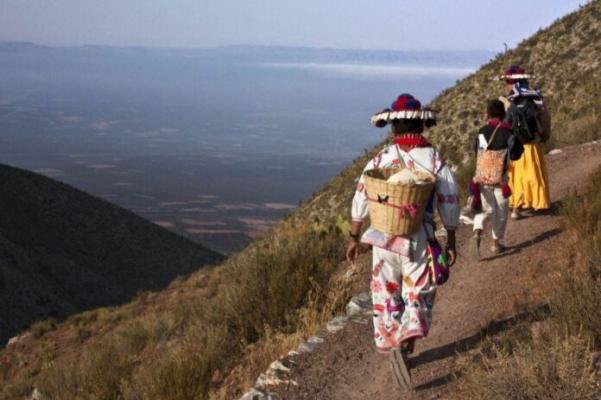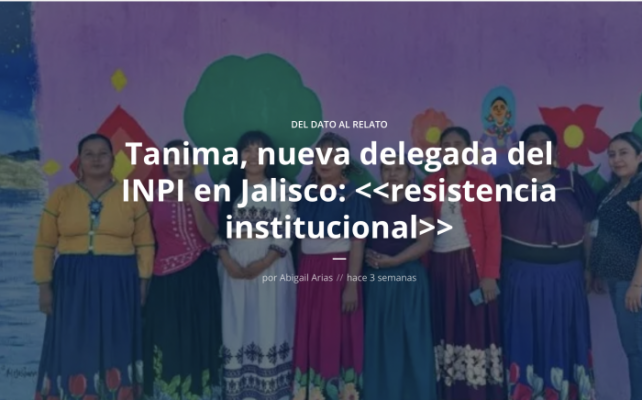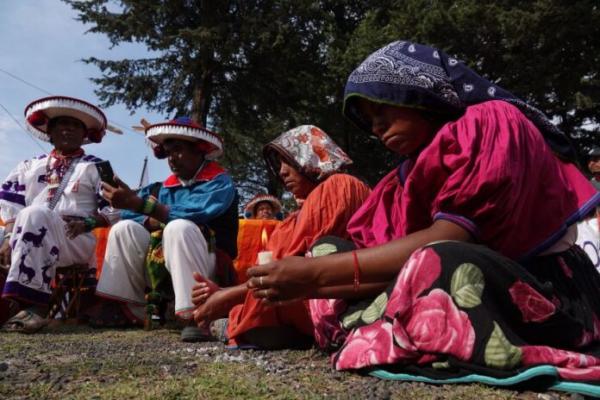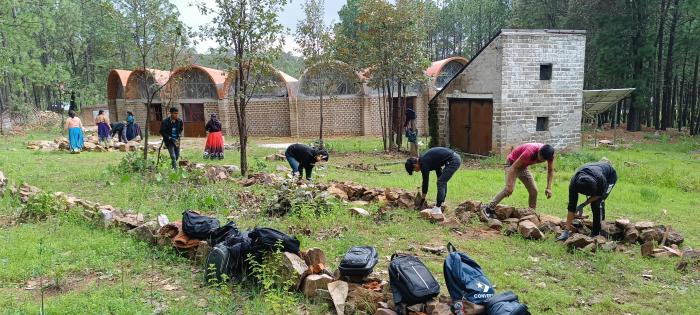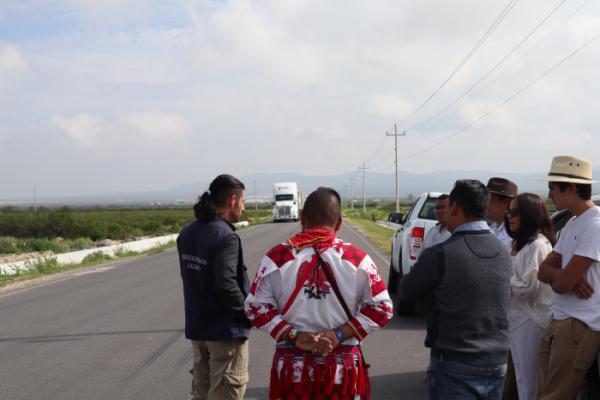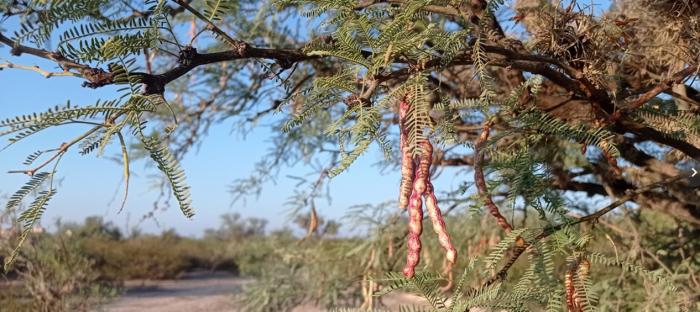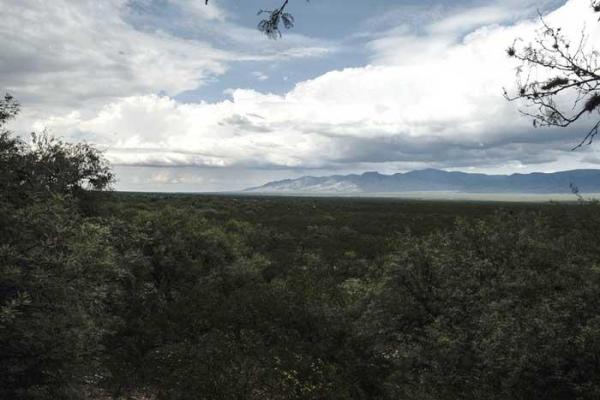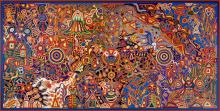Featured Articles
Featured Artwork
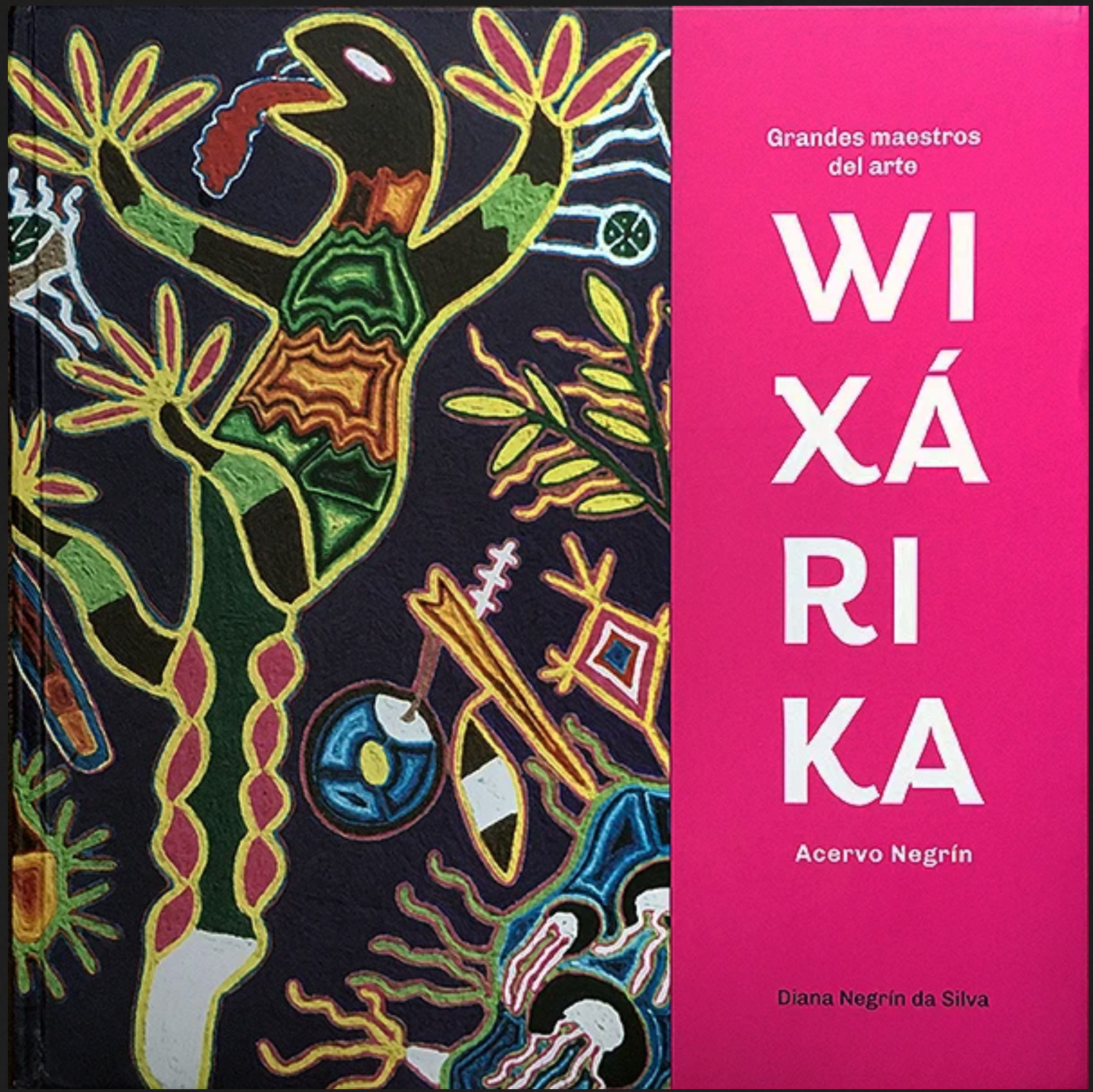 Support Us By Visiting Our Gift Shop
Support Us By Visiting Our Gift Shop
This book was jointly published by the Secretary of Culture for the State of Jalisco, Mexico and the Wixárika Research Center in honor of the Year of Indigenous Languages and to celebrate the exhibit Grandes Maestros del Arte Wixárika: Acervo Negrín at the Museo Cabañas in Guadalajara (June 21, 2019 - January 12, 2020). This is a tri-lingual publication - Spanish, English and Wixárika.
Click Here To Purchase a Copy
Click Here To Browse All of Our Gifts
